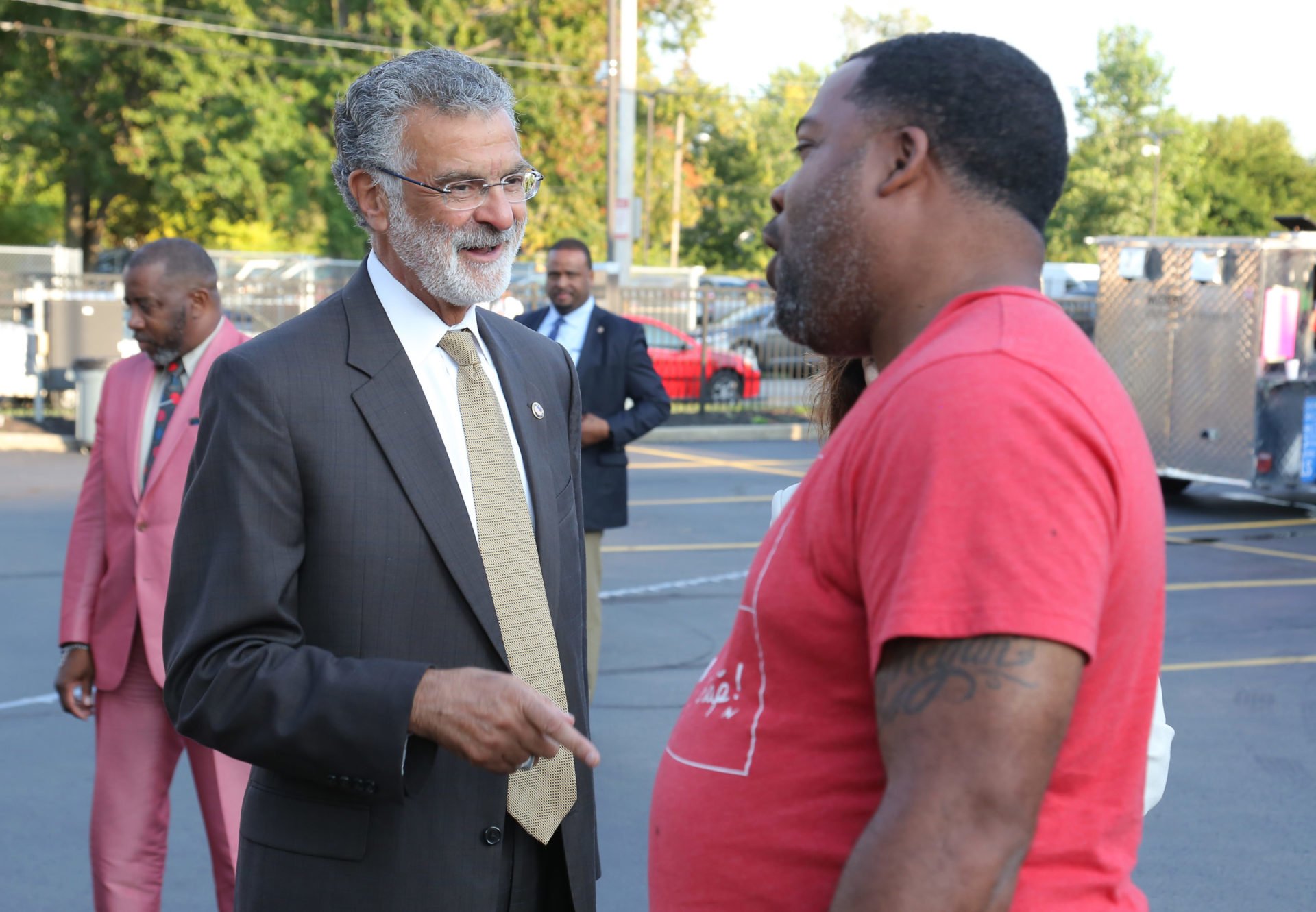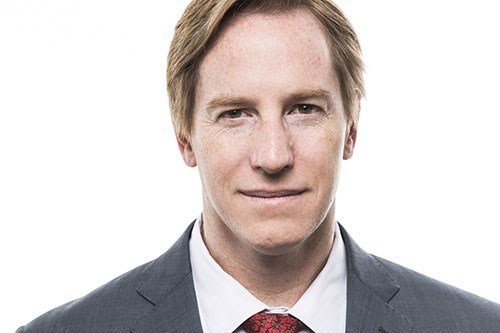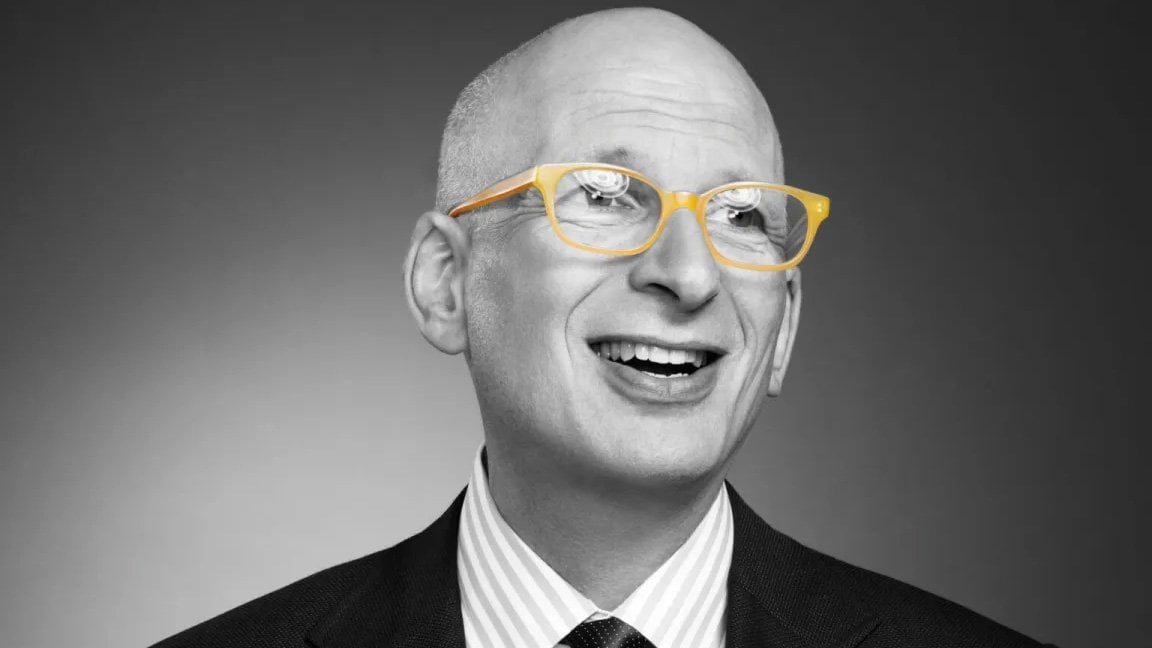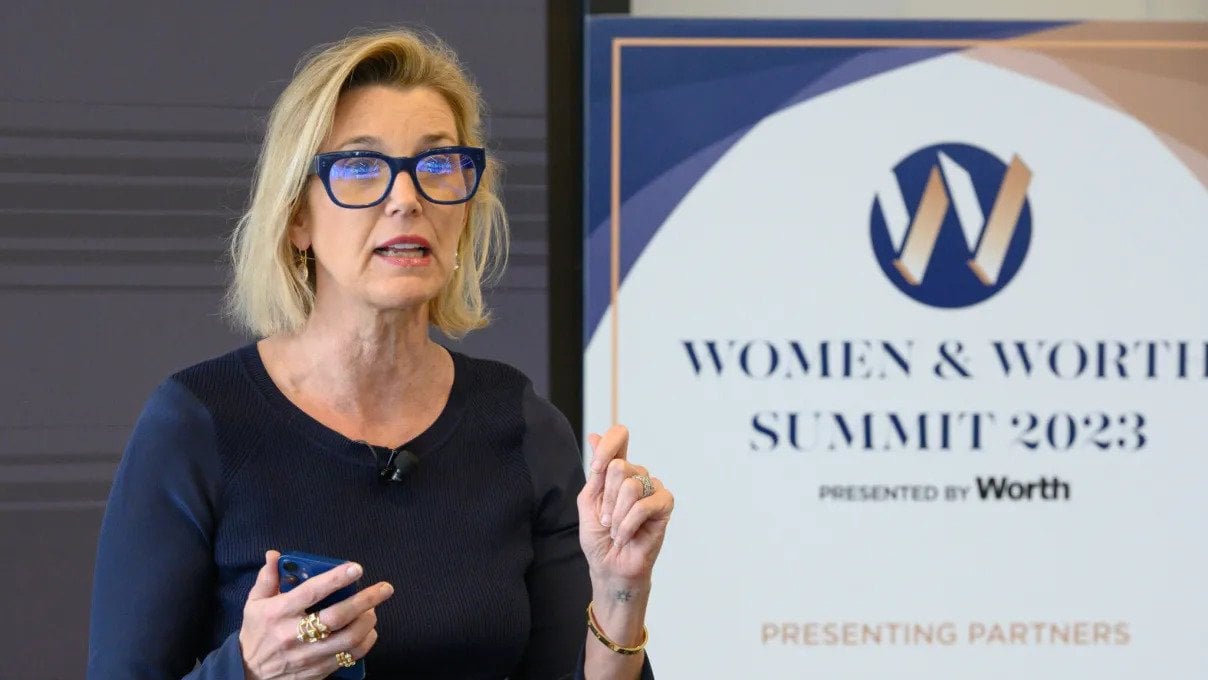This story is part of a Techonomy original series about cities. It originally appeared in Techonomy’s Winter 2020 Magazine.
NOT LONG AGO, THE BLACK KEYS played a sold-out show at Cleveland’s Rocket Mortgage FieldHouse. Their show was nonstop, blues-driven rock ‘n’ roll. The concert had special meaning for some Clevelanders. For one thing, the Black Keys are from nearby Akron. The concert also marked the reopening of the Cleveland Cavaliers’ home, formerly known as Quicken Loans Arena. The city of Cleveland, and the Clevland Cavaliers, invested $185 million to renovate it, adding a larger main entrance and a 77,000-square-foot color-changing wall. The new arena offers eight food and beverage “neighborhoods”—fitting for a city that prides itself on the vitality of its neighborhoods.
After decades of decline, Cleveland is back. Last summer, Major League Baseball brought its AllStar Game there. In 2016, the city hosted the Republican National Convention. Just 15 years ago, says Mayor Frank G. Jackson, “You had only a few thousand people living downtown, and when work hours were over with, you could just roll a bowling ball down the street.” Now that number is approaching 20,000. They’re attracted by new hotels, a food scene generating national buzz, a burgeoning tech community, one of the world’s most important medical networks, new businesses, a dynamic theater and arts community, and, crucially, a falling unemployment rate.

Back in a far different time, Cleveland’s Cuyahoga River caught fire. It was June 22, 1969, and the Cuyahoga had been desecrated by decades of industrial waste. In Cleveland, the fire was such a runof-the-mill event that no one took a picture of it. Instead, the reaction came nationally, after Time ran a story describing the Cuyahoga as a river that “oozes rather than flows,” in which “a person does not drown but decays.” The subsequent outrage indirectly led to the creation of the Environmental Protection Agency and the Clean Water Act of 1972.
In 2019, the American Rivers Conservation Association named the Cuyahoga “River of the Year.” In a confident homage, the Great Lakes Brewing Company, a local beermaker, brews a burning river pale ale.
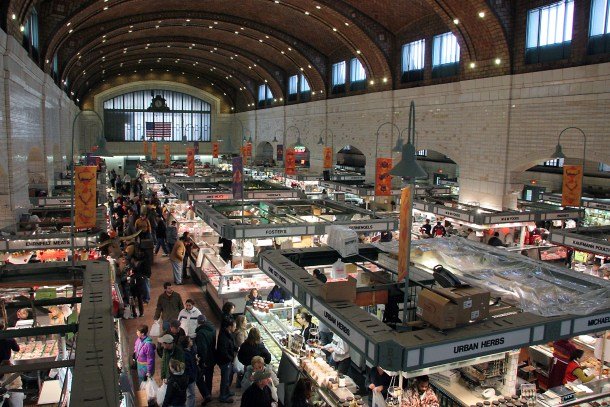
For the first half of the 20th century, Cleveland was an industrial powerhouse. John D. Rockefeller founded Standard Oil there in 1870. An abundance of jobs drew immigrants from Ireland and Southern and Eastern Europe—Hungarians, Czechs, Poles—and, later, African Americans from the South. In 1920, Cleveland had a population of almost 800,000, making it one of the largest U.S. cities.
That prosperity declined after World War II. The city’s industrial base began to slip, along with the middle-class security it provided. Manufacturing jobs went to Asia or Mexico; steel mills closed. That economic pressure stirred existing racial tension, which led to riots in the 1960s. Privileged whites fled for the suburbs, gutting Cleveland’s tax base (the city’s population would drop to under 400,000) and leading to massive reductions in city services, particularly public education. There was, says Mayor Jackson, “a complete disinvestment in the school system. Enrollment went from over 100,000 students to what we have now, which is 40,000.”

It takes many stakeholders to revive a city—businesspeople, religious leaders, philanthropists, municipal workers, investors, unions and more. But in Cleveland’s case, the one constant in the city’s revitalization has been Jackson.
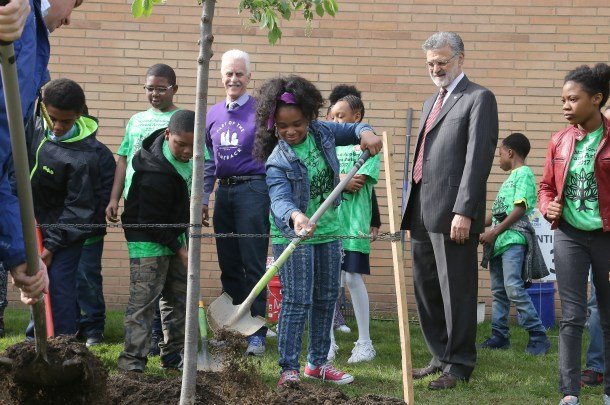
HIS STORY IS REMARKABLE: Born in 1946, Jackson grew up in Central, a neighborhood that had lost 80% of its 1950s population and has the highest poverty rate in the city. (Jackson still lives there.) He was drafted into the Army during the Vietnam War, and then attended Cuyahoga Community College, where he earned an associate’s degree. He later attended Cleveland State University, where he earned a master’s degree in urban affairs and a law degree. He was a prosecutor, then won election to the city council in 1989, and ran for mayor in 2005. He won—and hasn’t lost since. “The mayoral administration of Frank G. Jackson,” says the Encyclopedia of Cleveland History, published by Cleveland’s Case Western Reserve University, “has been characterized by stability amid difficult economic times.” That’s encyclopedia talk for “most any sane person would have run from the job.” Those difficult economic times included, for example, the 2008 financial crisis, which pounded Cleveland early and hard.
Cleveland survived the crisis with only a moderate reduction in city services. Now, Jackson is focused on using city government to help all citizens. “Our bottom line,” he says, “is not to make a profit. Our bottom line is to deliver a service”—whether that be education, health care, housing, even things as seemingly mundane as streetlights and water meters. In fact, those last two items are part of Smart City Cleveland, a set of tech-oriented policy initiatives Jackson launched in 2016. His intention, according to a government report: “to use technology to improve public safety, increase access to education and services through enhanced mobility, and further economic development.”
JACKSON CARES ABOUT fiscal discipline and training government employees so they can help improve citizens’ lives. He’s spearheaded a plan to help public school students prepare for college, and another to help them succeed once they’re there. In partnership with the four major local hospital systems—including the renowned Cleveland Clinic—Jackson created a Healthy Cleveland Initiative. And he’s worked with developers and union leaders to invest hundreds of millions of dollars in Cleveland’s neighborhoods. Those investments have spurred economic development, particularly in technology. In 2017, the website ZipRecruiter reported that Cleveland was enjoying over 80 percent growth in tech jobs.
It’s premature to say Cleveland’s problems are solved. There’s still crime, homelessness and inequality. But the through-line of Jackson’s career is his insistence that the purpose of leading a city is to promote social and economic fairness. “Our economy is really growing,” he explains. “The problem is the disparity of who benefits from that. We have to eliminate the disparities in education, healthcare, and quality of life.”
“How do we take this opportunity to transform Cleveland in a way that has a more sustainable outcome?” Jackson asks. “You can only do that if the end goal is equity.”

